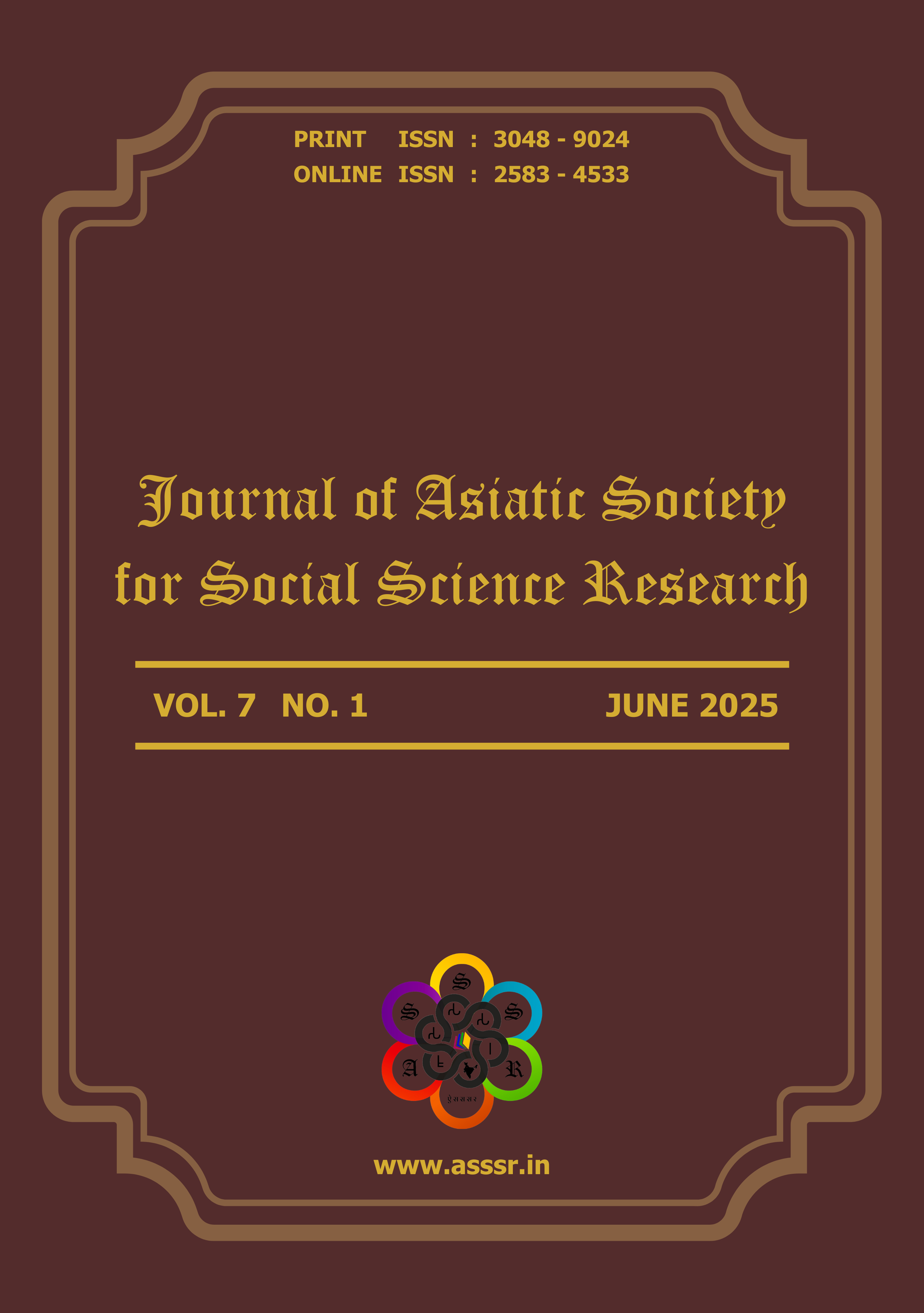Development of Consciousness of Peasants in the Bengal Region from 11th century to 19th Century
Keywords:
Peasants, History, Colonial History, Colonial India, Hitopadesha, Folklore, Economy, RebellionAbstract
A country filled with famines must have a lot of Dissent and this paper is searching for those narratives which reflect that interaction of resistance, non corporation, resentment and opposition. To understand it, the paper is analyzing the Folklore named Hitopadesha composed in the 12th century, mangal kavya composed between the 16th to 19th century and ballad songs composed in the 16th century. Paper is also working on the inscriptions of Bengal between 11th and 12th century. The study will focus on voicing out the voice of peasant society about their condition and relationship with the state, Society and social institution. It is also trying to trace the change in the thinking of society and how people in Medieval society reached the state of rebellion. What kind of conditions must have caused the change in thought process and how they articulated their oppression as peasants. How social consciousness developed into a resentment leading to the rebellion which was witnessed in the early half of the 19th century known as Tanka and Tebhaga peasant revolts.
Additional Files
Published
How to Cite
Issue
Section
License
Copyright (c) 2025 Journal of Asiatic Society for Social Science Research

This work is licensed under a Creative Commons Attribution-NonCommercial-NoDerivatives 4.0 International License.
All right reserved.


